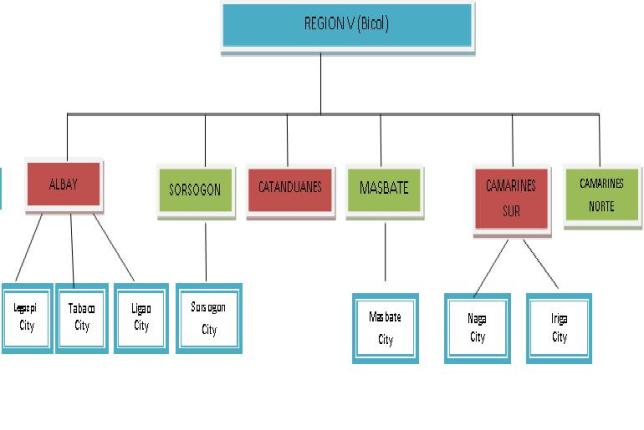“Tak, Tak, Tak!” This was the sound of Ms. Mendrez shoes as she enters the classroom of Grade VI Section Shakespeare. Everytime the students heard the tap of her heels at the first floor of Gabaldon building, the children arranged their things orderly and sit behavely at their desks. No scratches, no murmurs, only th e echo of silence. Ms. Mendrez was the strictest teacher for the graduating class.
e echo of silence. Ms. Mendrez was the strictest teacher for the graduating class.
“Today, we would discuss the central nervous system of a human body.” Ms. Mendrez mounted on the board a big picture of man’s nervous system, then turn around and faced the class. “Jaja, would you give one part of the nervous system, point it in this picture and cite to us what are its functions?” Jaja was trembling as she proceed in front. She drew a line at the upper part of the picture and draw the word, “BRAIN.” “Ma’am, our brain receives inputs from our sense organ in order to change our behavior. Its neocortex is responsible for our thinking, reasoning, learning, and remembering. It is also the center of our balance that help us in our bodily movement. Once the brain is damaged, it could lead to paralysis and sometimes, eventual death.” Jaja grasped for breath and Ms. Mendrez said, “Very good!”
Jaja felt happy for all the positive responses Ms. Mendrez gave on her class participation. She would be willing to sacrifice other subjects, but never the science class. Not because Ms. Mendrez might impose punishment if she would come unprepared, but she looked up to her as someone of great influence. She’s like Quuen Elizabeth to her. The way Ms. Mendrez speaks, moves, teaches, dresses up, and even the way she combs her hair were loved by Jaja. However, what she admires most is the way Ms. Mendrez walks and the tapping of her heels was such a beautiful cadence.
There was even a time when Jaja would peek under Ms. Mendrez table to see what is the brand of her shoes, melodic shoes as Jaja described it.
“Mama, Ms. Mendrez wears a BANDOLINO! Can you buy one for me?” Jaja informed her mom. “Oh Jaja, you see, we have bills to pay? If you graduate with honors this year, maybe I’ll loan an amount for your shoes.” Mom’s promise to her.
Over the months, Jaja excelled in her subjects and she was listed among the top 10 graduates. She thought of her Mom’s promise, and at long last, she could have the same brand of shoes similar to her Madam Mendrez.
Before graduation, her mom searched for Bandolino all over town, but provincial shopping malls do not sell such brand. Jaja told her again few nights ago that she would love to receive Bandolino and no other, even if there would be no pancit or biko. There was no other option but to ask Ms. Mendrez help.
“Ma’am, my daughter is a great fan of your Bandolino. Where could I buy that?” Jaja’s mom asked Ms. Mendrez. “My bandolino comes from Manila. My sister send them to me.” The honest answer of Ms. Mendrez. “But how much does a pair costs?” “Around Php 1,000.00 I think.” “Oh, but I only have Php 400.00 budget for Jaja’s graduation, which includes her dress. Maybe, I’ll just buy in the ukay ukay for cheaper shoes.” This was the conversation of Jaja’s mom and Ms. Mendrez, until,
“But wait, I’ll check if I have a little extra shoes here to fit Jaja.” Ms. Mendrez opened her cabinet and found a black leather shoes with an inch heels and ribbon design which she kept for almost two years, since it was 1.5 inch shorter her size.
“Look! This could fit Jaja’s feet for sure! Tell her it’s my gift for her graduation, no need to pay me back.” The happy thought of Ms. Mendrez. “Oh, thanks Ma’am. This is a dream come true for her. You are Jaja’s model and she wanted to be like you when she finished college.” Revealed Jaja’s mom. “I did not notice that, but I am inspired more to be a teacher and her model.”
On graduation day, Ms. Mendrez assisted the principal in giving the certificates and when Jaja’s name was called, she carefully climbed the stairs with the “tak, tak, tak” sound of her new shoes. Ms. Mendrez smiled, and whispered to her, “You deserve my Bandolino, Walk far with it.” Jaja’s tears were circling around her eyes. She tapped the floor of the stage with a “tak, tak, tak” and thanked Ms. Mendrez for such positive influence.






